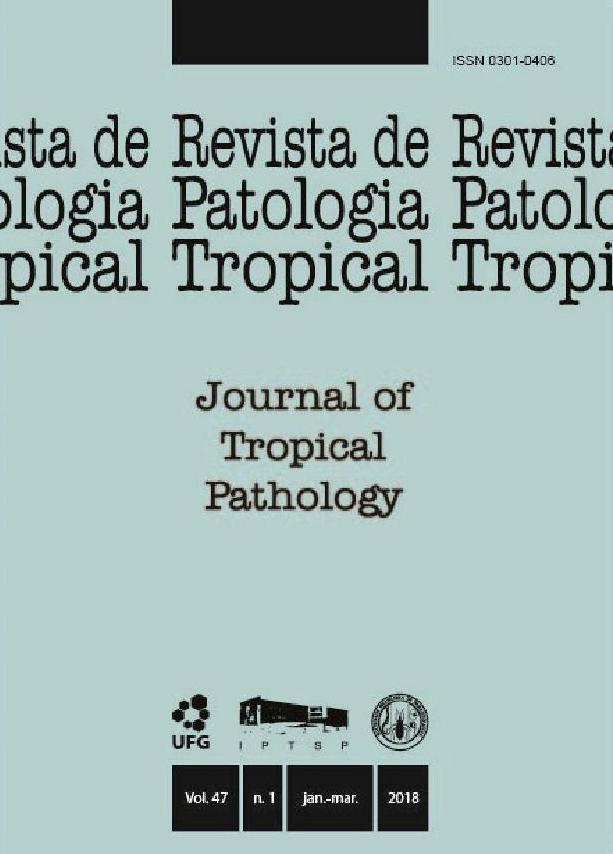BIOFILM FORMING CAPABILITY AND ANTIFUNGAL SUSCEPTIBILITY PROFILE OF Candida spp. FROM BLOOD
DOI:
https://doi.org/10.5216/rpt.v47i1.52351Keywords:
Biofilm, Candida spp., in vitro susceptibility, scanning electron microscopy.Abstract
Although Candida albicans remains the most frequent Candida species; however other species have emerged as important causes of candidiasis. Aims: In this work, we evaluated the in vitro susceptibility profile of C. albicans, C. parapsilosis, and C. tropicalis biofilms isolated from patients with candidemia to fluconazole, voriconazole, amphotericin B, and caspofungin.
Differences between the biofilm ultrastructure of the three species were also determined.
The isolates were phenotypically determined by growth on a ChromagarTM medium and assimilation profile on ID32C. The Scanning Electron Microscopy method (SEM) on biofilm was performed using polyurethane strips. For the in vitro susceptibility profile a microdilution in broth was used. Sessile cells were resistant to fluconazole, voriconazole and caspofungin.
The resistance to amphotericin B was less pronounced and more variable between the tested isolates. In the SEM, slight differences in ultrastructural morphology for each species in biofilms were observed. Our results verified biofilm formation. Low susceptibility to the drugs in the three researched species confirmed the higher virulence of them.
Downloads
Downloads
Published
How to Cite
Issue
Section
License
The manuscript submission must be accompanied by a letter signed by all authors stating the full name and email address, confirming that the material has not been published or is under consideration for publication elsewhere, and agreeing to transfer copyright in all media and formats for Journal of Tropical Pathology. The authors will not be paid for published articles. They are solely responsible for the content of those articles, even if the Editor holds the right to adjust them to the norms of the journal.
The reviewers will not be paid for the peer review process.

